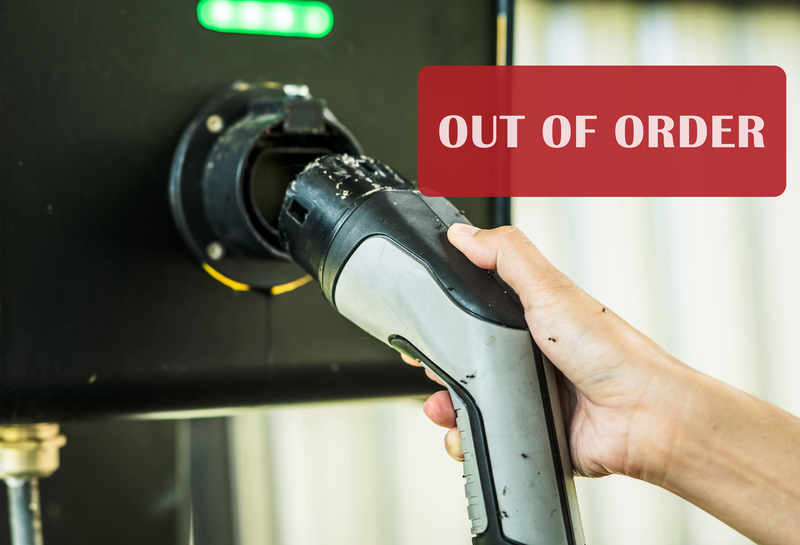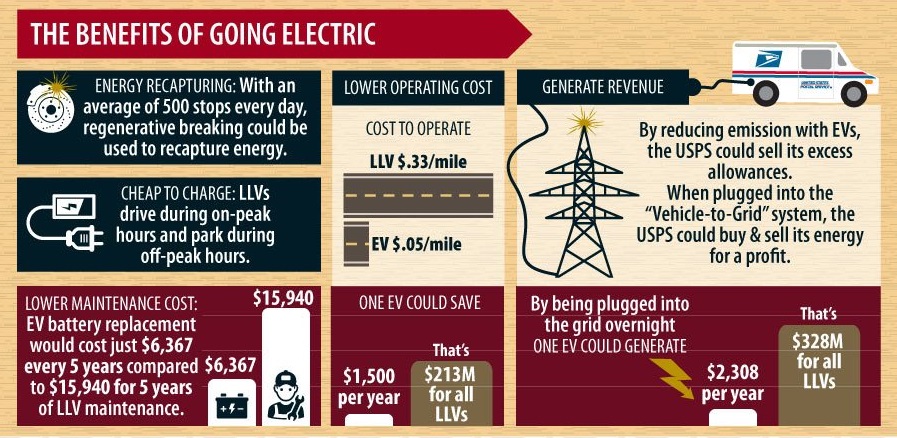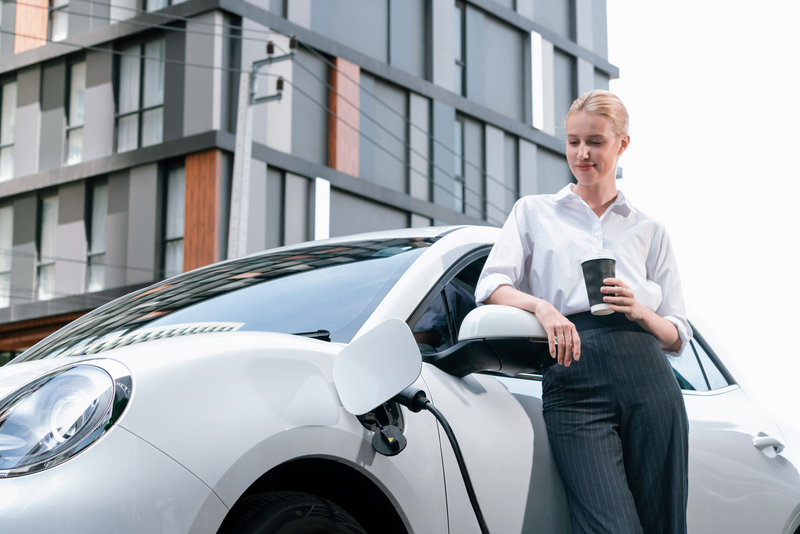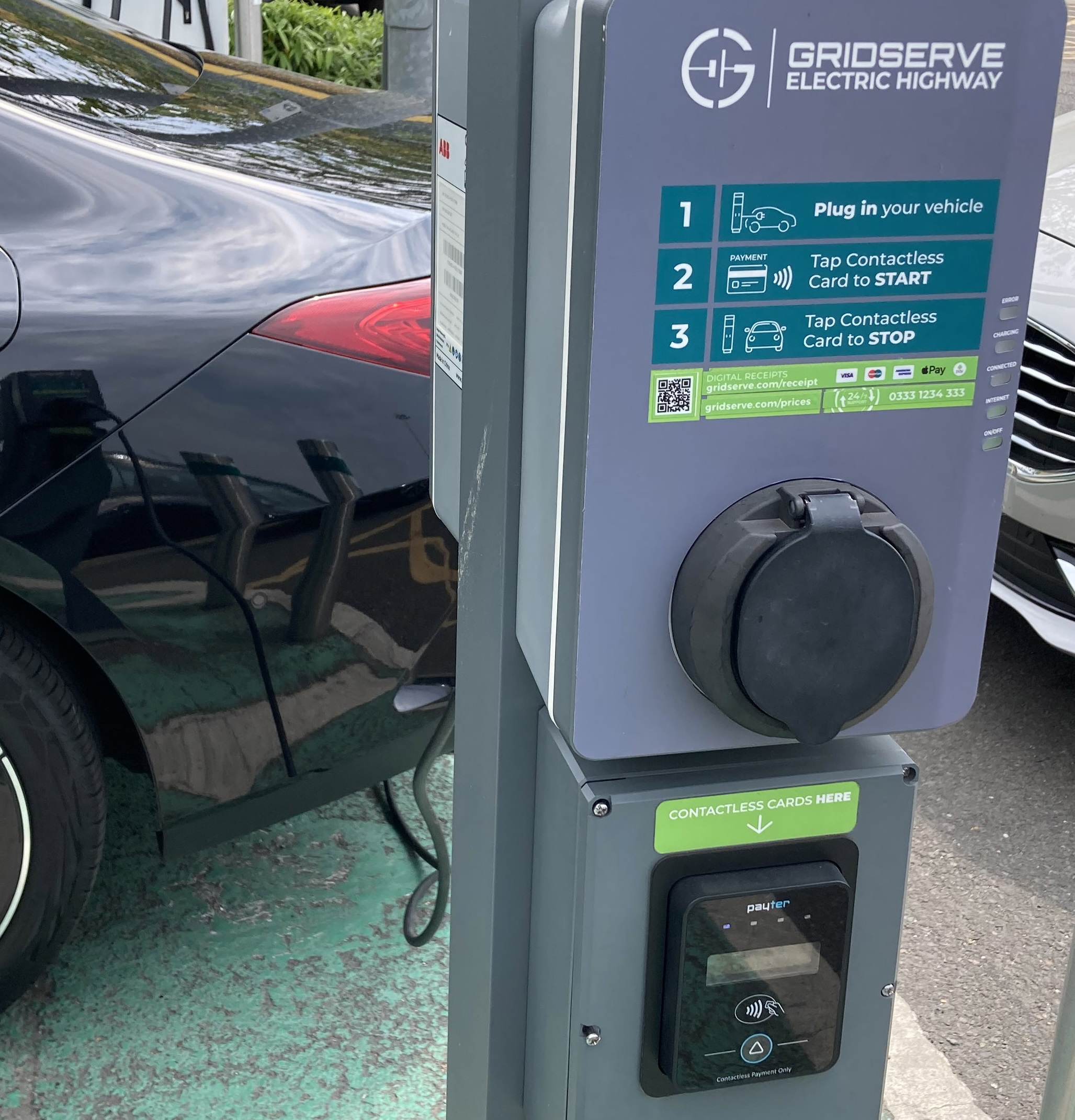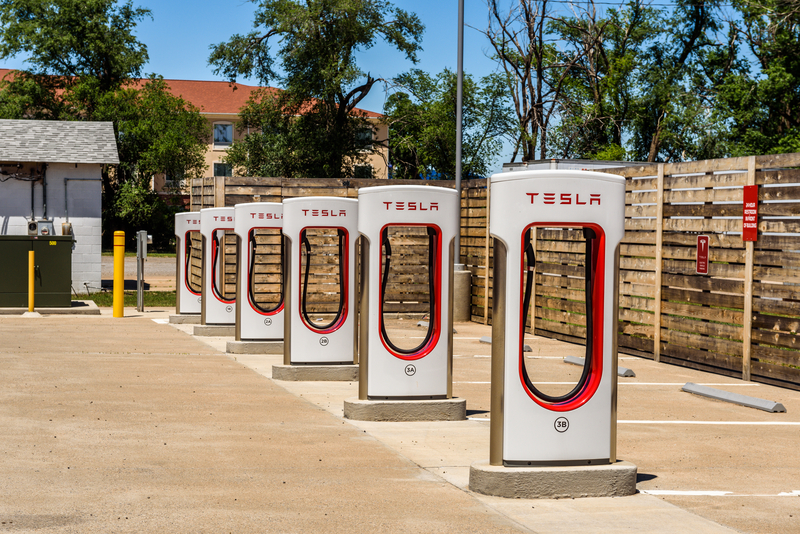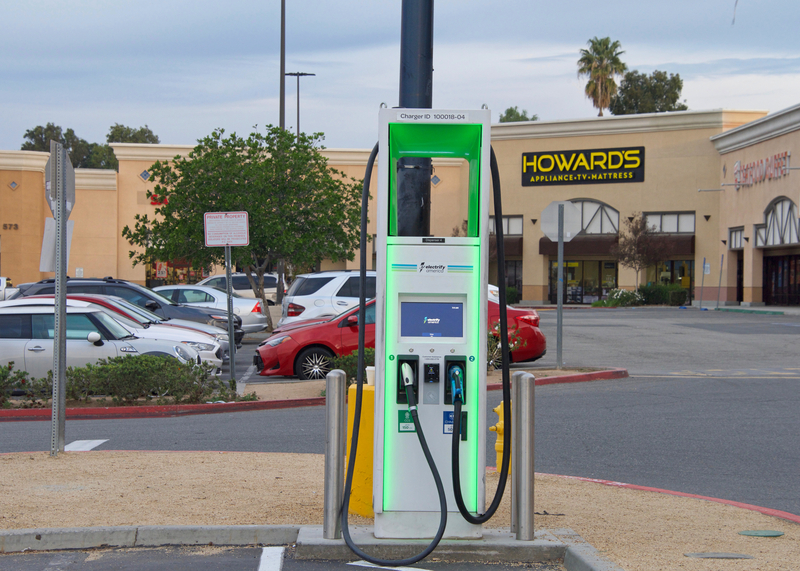
There are plenty of attention grabbers in the US government’s massive EV charging and infrastructure programme, announced on February 15.
There are the dollars – US$7.5bn in EV charging, US$10bn in clean transportation, and over US$7bn in EV battery components, critical minerals, and materials.
There is the network – a goal of 500,000 EV chargers by 2030.
And there is access; the announcement included news that 7,500 Tesla stations will be open to all vehicles in 2024.
Yet creating charging standards, also addressed in the announcement, is what caught the attention of some experts.
“People I know who are diehard EV enthusiasts, and drive frequently, tell stories about going from charger to charger trying to find one that works,” said Tim Johnson, professor of Energy and the Environment at the Nicholas School of the Environment at Duke University. “What the Biden administration is doing is very smart. They’re trying to set standards and ensure that those quality issues are dealt with.”
A lack of standards confuses consumers and slows adoption, according to the U.S. Federal Highway Administration (FHWA), which created the new codes.
There are standards in some states. Others have no codes – and even those that do can vary greatly between states. This “leaves consumers with a learning curve every time they encounter a new EV charging station,” the FHWA stated.
Stations can vary in terms of charging capabilities, quality, pricing and even forms of payment. And then there is a chance that the charger at the destination doesn’t even work.
The FHWA believes rules encourage “more widespread adoption of EVs because EV consumers will be more confident in the availability, safety, and consistency of EV charging stations.”
Or, as the White House briefing for the EV programme stated: “Together, the standards will ensure that chargers operated by different networks operate similarly and provide the traveling public with a predictable EV charging experience – no matter what car you drive or what state you charge in.”
THE RULES
The FHWA outlined its requirements in the “EV Charging Minimum Standards Rule.” Among the highlights:
Charging Ports
There must be four ports any time a charging station is installed. Also addressed are details about fast chargers (DCFC) and AC level 2 chargers.
Connector Types
Each DCFC port must have Combined Charging System (CCS) Type 1 connectors.
Power Levels
Each DCFC must deliver up to 150kW across all ports simultaneously. Each AC Level 2 port must be capable of delivering at least 6 kW per port simultaneously across all AC ports.
The stations must also provide access to lower power for customers who participate in smart charge management programs.
Availability
Each station must be available 24 hours per day, 7 days per week.
Payment Methods
Drivers do not have to use multiple apps and accounts in order to charge – a single method of identification will work across all chargers.
Charging stations must offer a contactless payment method that accepts major credit and debit cards. They also must accept payment through either an automated toll-free phone number or SMS. Payment methods must be accessible to persons with disabilities, not require a membership, not affect the power flow to vehicles, and enable access for those with limited English proficiency.
Equipment Certification
All equipment must be appropriately certified; all AC Level 2 chargers must be ENERGY STAR certified.
Long-Term Stewardship
Chargers must be maintained in compliance with certifications a minimum of every 5 years.
Technician Qualifications
Technicians installing and maintaining stations must be certified, licensed and trained.
Customer Service
Customers must have a mechanism to report issues.
Customer Data Privacy
Charging station operators can only collect, process, and retain personal information to provide services.
Pricing, Availability and Accessibility
Information must be available regarding publicly available locations, pricing, real-time availability, and accessibility through mapping. The regulation also specifies how the real-time charging price must be displayed. Any additional fees must be clearly displayed and explained.
Regarding availability, each charging port must have an average annual uptime greater than 97% – a requirement that caught the attention of Anne Smart, vice president of global public policy at ChargePoint, which was listed in the White House EV briefing.
“We specifically applaud the Joint Office for ensuring drivers are able to charge where and when they want by requiring 97% uptime and embracing modern, more reliable technology like contactless payments, which will help increase uptime and decrease operations and maintenance costs for site hosts,” Smart stated.
She further explained that the standards are a “major step forward” and already having an impact.
“With these minimum standards finalized, states can now launch their programs to build EV charging infrastructure — and we are already working with partners across the country to identify ideal sites, attract private capital, and set in motion the plans for installing and maintaining the charging stations that will power our new electric transportation system for years to come,” she stated.
Blink Charging, a provider of charging equipment that was also referenced in the White House briefing, praised the standards. “We will continue to work with the (Biden) Administration, the Federal Highway Administration, and our state and local government partners to assist with building out the much-needed EV infrastructure in support of advancing EVs around the country,” Michael D. Farkas, chairman and chief executive officer, said in a prepared statement.

In the end, Johnson believes the standards will ultimately bring about the confidence the public needs.
“The biggest problem with chargers to date, one is just reliability,” he said. “A lot of them are installed and then, probably for economic reasons, haven’t been maintained very well. Ensuring that the system remains up and people can find a charger when they need one is going to go a long way toward increasing people’s confidence that they can charge.”
They need that confidence to convert to EVs, he said.
Consistency matters, too. “Standardising everything from the equipment itself, to the payment, to simply how you locate chargers across different networks or charging platforms is going to be very important,” he said.


